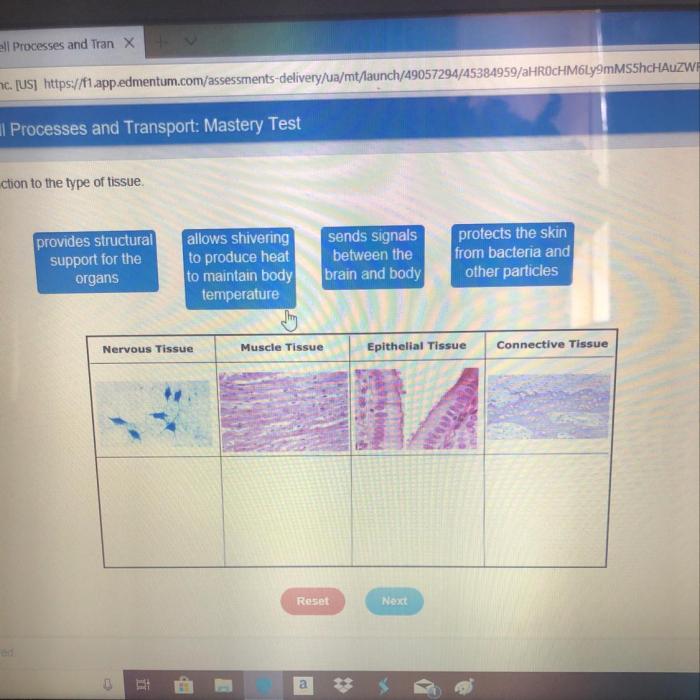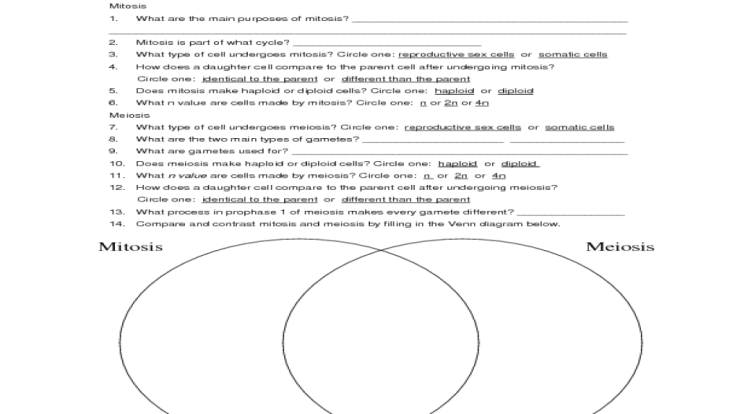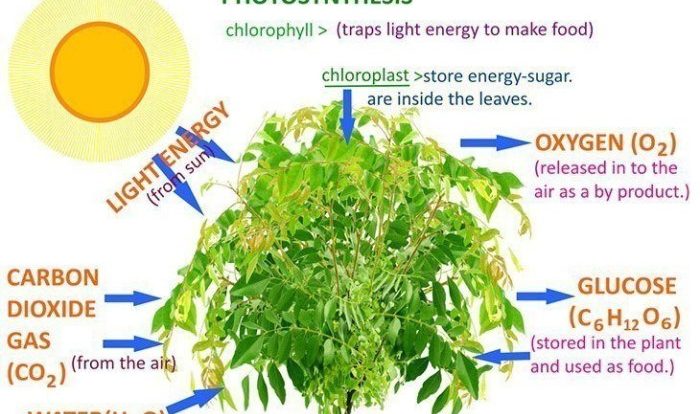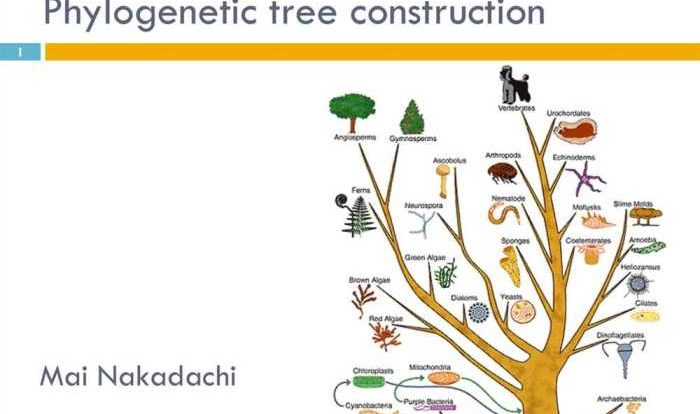Match each connective tissue function with the appropriate image. – Matching connective tissue functions with images is a crucial aspect of understanding and effectively conveying the diverse roles of connective tissues in the human body. This guide provides a comprehensive overview of connective tissue functions, their corresponding images, and the criteria for selecting appropriate images.
By exploring the intricacies of this matching process, we delve into the significance of accurately representing connective tissue functions in research, education, and clinical practice.
Connective tissues are specialized tissues that connect, support, and protect various organs and structures in the body. Their functions range from providing structural support to facilitating transport and defense mechanisms. Matching these functions with appropriate images allows for a deeper understanding of the complex interactions within the human body.
Introduction

Connective tissue is a type of tissue that connects, supports, and protects other tissues and organs in the body. It is found throughout the body, from the skin to the bones. Connective tissue has a variety of functions, including:
- Providing support and structure to the body
- Protecting the body from injury
- Transporting nutrients and waste products
- Storing energy
It is important to match connective tissue functions with appropriate images because it helps to visualize the function and understand how it is carried out. For example, an image of a bone can help to illustrate the supportive function of connective tissue, while an image of a blood vessel can help to illustrate the transport function.
Types of Connective Tissue
There are many different types of connective tissue, each with its own unique function. Some of the most common types of connective tissue include:
| Tissue Type | Function | Image |
|---|---|---|
| Bone | Provides support and protection | [Insert image of a bone] |
| Cartilage | Provides support and cushioning | [Insert image of cartilage] |
| Ligaments | Connect bones to bones | [Insert image of a ligament] |
| Tendons | Connect muscles to bones | [Insert image of a tendon] |
| Blood | Transports nutrients and waste products | [Insert image of blood] |
Connective Tissue Functions: Match Each Connective Tissue Function With The Appropriate Image.

Connective tissue has a variety of functions, including:
-
-*Support
Connective tissue provides support to the body by forming a framework that holds the body together. For example, bones provide support to the skeleton, while cartilage provides support to the joints.
-*Protection
Connective tissue protects the body from injury by forming a barrier between the body and the outside world. For example, the skin protects the body from infection, while the skull protects the brain from injury.
-*Transport
Connective tissue transports nutrients and waste products throughout the body. For example, blood transports oxygen and nutrients to cells, while lymph transports waste products away from cells.
-*Storage
Connective tissue stores energy in the form of fat. For example, adipose tissue stores energy in the form of triglycerides.
Matching Functions with Images

When matching connective tissue functions with images, it is important to consider the following criteria:
- *The image should accurately represent the function being described. For example, an image of a bone should be used to illustrate the supportive function of connective tissue, while an image of a blood vessel should be used to illustrate the transport function.
- *The image should be clear and easy to understand. The image should be large enough to be seen clearly, and it should not be cluttered with unnecessary details.
- *The image should be relevant to the text. The image should be related to the text that it is accompanying, and it should help to illustrate the point being made.
Applications of Image-Function Matching

Matching connective tissue functions with images can be used in a variety of applications, including:
-
-*Research
Image-function matching can be used to help researchers to understand the structure and function of connective tissue. For example, researchers can use images to study the changes that occur in connective tissue during development or disease.
-*Education
Image-function matching can be used to help students to learn about the structure and function of connective tissue. For example, teachers can use images to illustrate the different types of connective tissue and their functions.
-*Clinical practice
Image-function matching can be used to help clinicians to diagnose and treat diseases of connective tissue. For example, doctors can use images to identify the type of connective tissue disorder that a patient has, and they can use this information to develop a treatment plan.
User Queries
What is the significance of matching connective tissue functions with images?
Matching connective tissue functions with images enhances understanding, facilitates communication, and supports research and education by providing visual representations of complex biological processes.
What are the criteria for selecting appropriate images?
Images should accurately represent the specific function being described, be of high quality, and provide clear visualization of the tissue structure.
How can image-function matching be used in research?
Image-function matching aids in data analysis, tissue characterization, and understanding the relationships between tissue structure and function.



